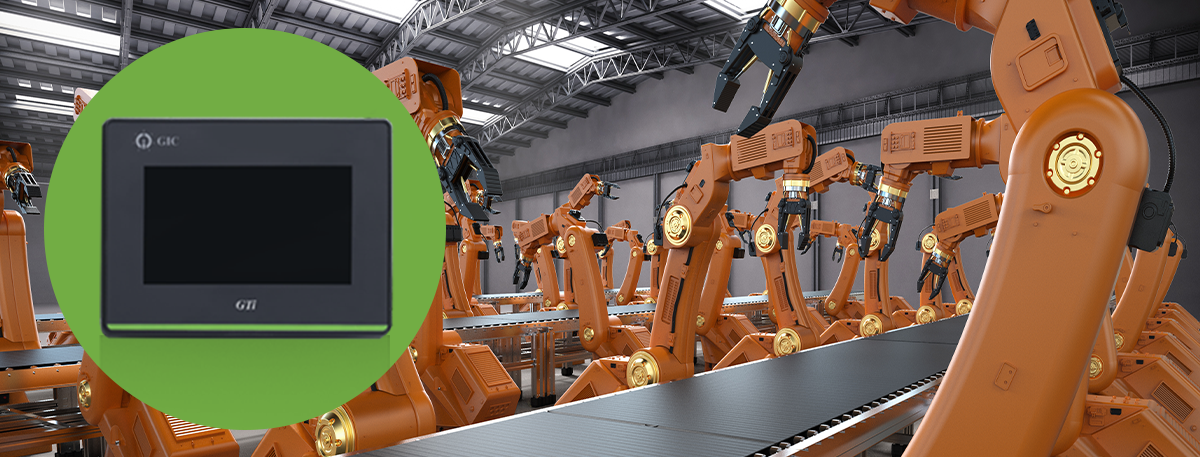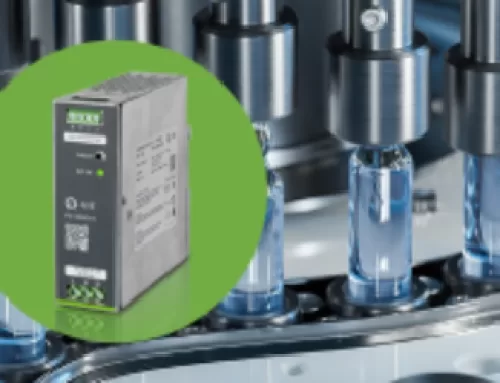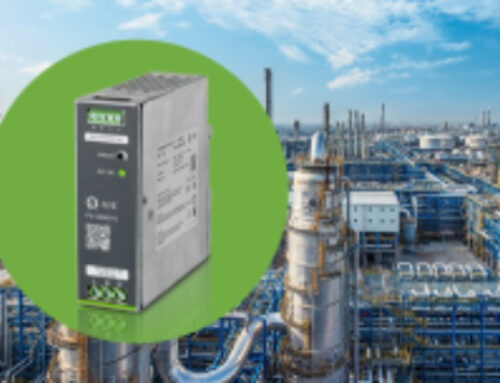
What is human-machine interface (HMI) and how does it work?
The Human Machine Interface (HMI) is a cornerstone of industrial automation and control systems, revolutionizing the way humans interact with machinery and processes.
This article provides a comprehensive exploration of HMI technology, delving into its fundamental concepts, operation, and critical role across diverse industrial applications. We will also highlight the contributions of GIC (General Industrial Controls Private Limited), a recognized leader in the field of HMI technology, in shaping the landscape of industrial automation.
Understanding Human Machine Interface (HMI)
Human Machine Interface, or HMI, is a multifaceted technology designed to facilitate seamless communication, monitoring, and control interactions between human operators and machines within industrial settings. HMI encompasses a wide array of hardware and software components, each contributing to the creation of an efficient, user-friendly, and highly productive work environment across industries.
How HMI Technology Functions
HMI systems operate as a crucial intermediary between operators and industrial machinery or processes, facilitating efficient communication and control. Here’s an in-depth look at how HMI technology functions:
• Data Collection
HMI systems gather data from a network of sensors, PLCs (Programmable Logic Controllers), and other industrial devices. This data encompasses critical information such as machine status, temperature, pressure, and more.
• Data Processing
The collected data is meticulously processed and organized by HMI software. This stage includes data logging, trend analysis, and alarm management to ensure that operators receive actionable information.
• Visualization
Processed data is visually represented on the HMI touch display. Operators can monitor machine status, observe graphical representations of processes, and receive real-time feedback regarding their actions.
• Control
Operators interact with the HMI touch panel to issue commands to machinery, adjust operational parameters, and promptly respond to alarms or anomalies.
• Communication
HMI systems frequently communicate with higher-level control systems such as SCADA (Supervisory Control and Data Acquisition) or MES (Manufacturing Execution Systems) to exchange data, enabling centralized control and monitoring.
• User Authentication
In applications where security is paramount, HMIs may necessitate user authentication to ensure that only authorized personnel can access and control the machinery and processes.
The Significance of HMI in Industrial Automation
The Human Machine Interface plays a pivotal role in shaping the landscape of industrial automation for several compelling reasons:
• Enhanced Efficiency
HMI panels streamline operations by providing a user-friendly interface for monitoring and controlling machinery. This leads to improved efficiency, reduced downtime, and optimized resource utilization.
• Elevated Safety Standards
Operators can swiftly respond to alarms and safety concerns through the HMI, mitigating potential hazards and ensuring a safer work environment for all.
• Data Visualization Mastery
HMI touch displays excel in presenting complex data in easily understandable formats, enabling operators to make informed decisions based on real-time information.
• Remote Accessibility
Many HMI systems support remote monitoring, allowing operators to oversee processes from anywhere. This feature enhances operational flexibility and responsiveness.
• Customization and Adaptability
HMI interfaces are highly customizable, enabling operators to tailor them to specific needs, and ensuring seamless integration into unique industrial environments.
Elevating Industrial Efficiency: Innovative HMI Solutions by GIC
GIC (General Industrial Controls Private Limited) HMI solutions are renowned for their exceptional features that empower industries across the globe. Here are some key features that set GIC HMI solutions apart:
• Intuitive User Interface
GIC’s HMI solutions are designed with user-friendliness in mind, ensuring that operators can navigate them effortlessly, regardless of their technical expertise.
• Real-Time Data Visualization
Operators gain access to real-time data, empowering them with critical insights into processes and machinery, enabling informed decision-making.
• Robust Performance
Built to withstand even the harshest industrial environments, GIC’s HMI solutions deliver consistent and reliable performance, reducing downtime.
• Customization Capabilities
These solutions offer extensive customization options, allowing operators to configure displays and controls to align with specific operational needs.
• Enhanced Security Features
GIC prioritizes security, incorporating authentication and access control features to safeguard critical controls and data.
• Remote Monitoring and Control
Supporting remote operations, GIC’s HMI solutions enable operators to manage processes from anywhere, enhancing operational flexibility.
• Efficient Alarm Management
Advanced alarm management systems facilitate swift responses to critical situations, minimizing disruptions and losses.
• Multi-Platform Compatibility
Designed for seamless integration with various industrial platforms, these HMI solutions enhance versatility and adaptability.
• Scalability
Whether for small-scale or large industrial facilities, GIC’s HMI solutions can be scaled to match specific project requirements effectively.
Commitment to Innovation
GIC’s unwavering commitment to innovation ensures that their HMI solutions remain at the forefront of technology, driving efficiency, and competitiveness across industries.
In conclusion, the Human Machine Interface (HMI) is an indispensable element in modern industrial automation, and GIC’s contributions to this field are noteworthy. From compact 4.3-inch HMIs to expansive 10.1-inch HMI touch displays, these interfaces empower operators to interact with and exert precise control over complex industrial processes.
Their ability to blend cutting-edge technology with user-friendly interfaces makes HMI an indispensable asset for industries striving for enhanced productivity and safety, with GIC leading the way in innovation and excellence.




